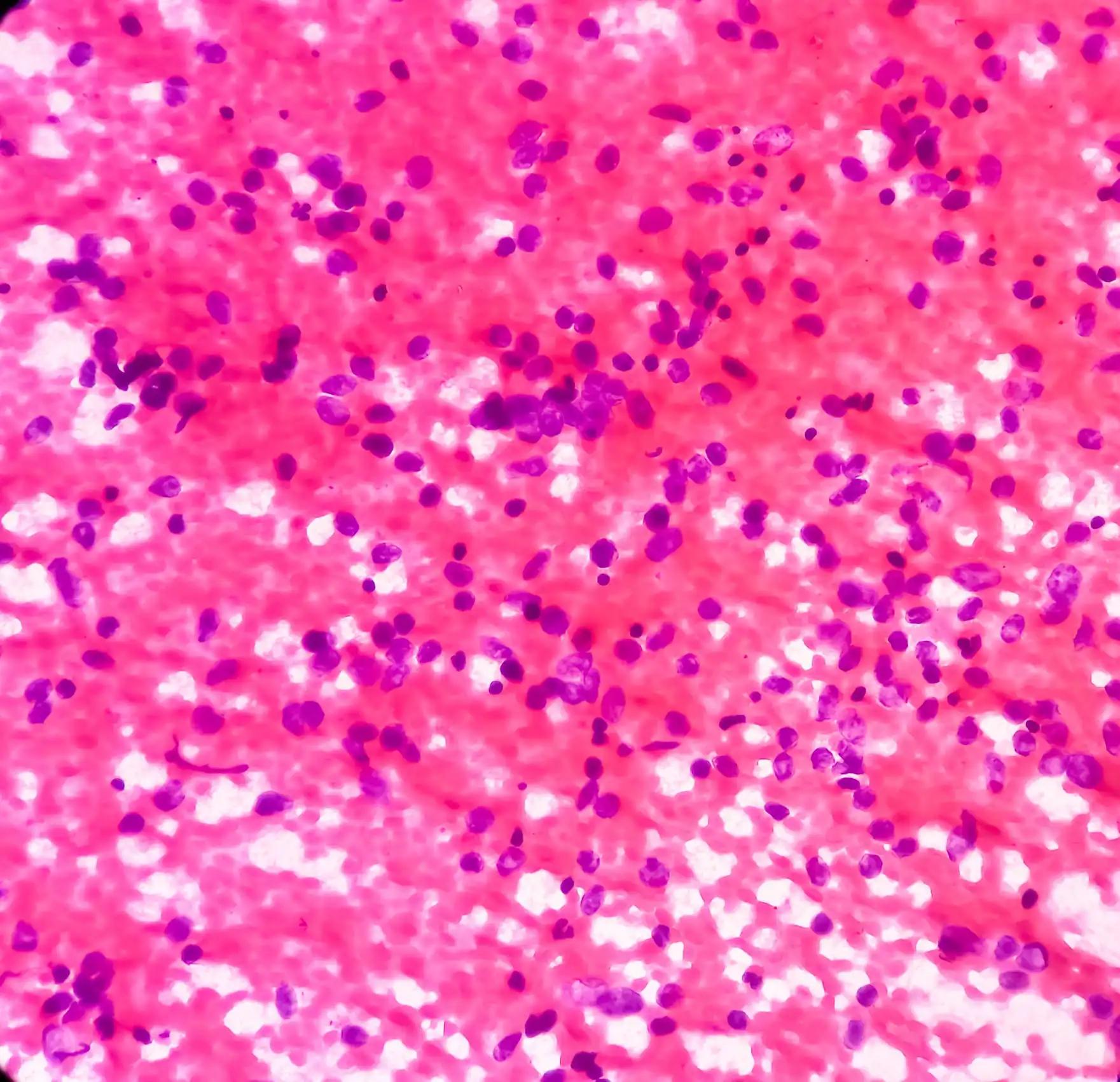KEY TAKEAWAYS
- The phase 2 study was a retrospective analysis of the DESTINY-Gastric01 and 02 trials, which evaluated the efficacy of Trastuzumab deruxtecan (T-DXd) in patients with HER2-positive gastric cancer.
- Traditional HER2 immunohistochemistry (INC) scoring may not be suitable for next-generation ADCs like T-DXd with bystander-killing capabilities.
- The study used a new QCS method to find a spatial proximity score (cSPS) that considers location and HER2 expression as a surrogate for bystander activity
- Results showed that the cSPS signature was predictive of T-DXd response and could be used to identify patients with GC who may benefit from T-DXd therapy.
- The QCS-derived cSPS scores showed a significant survival benefit for patients with BM+ vs. BM- in the T-DXd arm.
T-DXd, or trastuzumab deruxtecan, is an antibody-drug conjugate (ADC) that has been approved for the treatment of HER2-positive gastric cancer/gastroesophageal junction adenocarcinoma (GEJA) following chemotherapy in Japan and for advanced/metastatic GEJA/GC following a trastuzumab-containing regimen in the United States, Israel, and Singapore. Although traditional HER2 immunohistochemistry (IHC) scoring helps identify trastuzumab responders, it may not be appropriate for next-generation ADCs capable of bystander killing, such as T-DXd [Modi NEJM 2022]. More accurate and precise measurement of HER2 expression and geographical analysis is made possible with computational pathology-based methods, allowing for better scores that reflect the T-DXd mechanism of action more accurately.
Digital images of HER2-stained (IHC, Ventana 4B5) GC were subjected to continuous quantitative scoring (QCS) to determine the relative abundance of HER2 protein within each cell. The continuous spatial proximity score (cSPS) was discovered as a QCS-derived signature that can be utilized as a surrogate for potential bystander activity by considering the spatial position of tumor cells in addition to the HER2 expression level. Patients in DESTINY-Gastric01 (DG-01; NCT03329690; T-DXd arm: n=123a; standard-of-care [SOC] arm: n=59a) were retrospectively stratified using cSPS to assign a binary QCS biomarker positive (BM+) or negative (BM) status.
The DESTINY-Gastric02 cohort (DG-02; NCT04014075; n=71a) validated the QCS cSPS signature independently. Median progression-free survival (PFS) was 5.5a months with T-DXd and 2.8a months with SOC in the DG-01 cohort, which was enrolled based on HER2-positive status by IHC utilizing ASCO/CAP GC grading parameters. According to the QCS-derived cSPS ratings, BM+ patients in the DG-01 T-DXd arm had a significantly higher probability of survival than BM patients (P<0.0001; HR=0.37 [0.24-0.58]) and a significantly longer median progression-free survival (8.3 months) than BM patients (3.9 mo).
This signature is likely predictive of T-DXd response because it exhibited the inverse prognosis within the SOC arm (P=0.034; HR=2.17 [1.06-4.44]; mPFS, 2.8 mo for BM+ vs. 4.9 mo for BM). The DG-02 cohort confirmed the significance of this signature (median progression-free survival [mPFS], 5.5 months on enrollment by IHC status, 10.1 months for BM+ versus 3.7 months for BM; HR=0.24 [0.13-0.45]; P<0.0001). As a novel scoring approach for tissue biomarkers, we developed QCS. Results from our validation study lend credence to the idea that this quantitative approach might one day replace manual scoring to determine which GC patients will benefit from T-DXd treatment.
Source: https://meetings.asco.org/abstracts-presentations/216165
Clinical trial: https://www.clinicaltrials.gov/ct2/show/NCT04014075
Ansh Kapil, Henrik Failmezger, Andreas Spitzmüller, Jessica Chan, Susanne Haneder, Anatoliy Shumilov, Alice Barkell, Toshihiro Oguma, Koichiro Inaki, Fumitaka Suto, John Allard, Jeeyun Lee, J Carl Barrett, Günter Schmidt, Hadassah Sade, Danielle Carroll, Fabiola Cecchi



